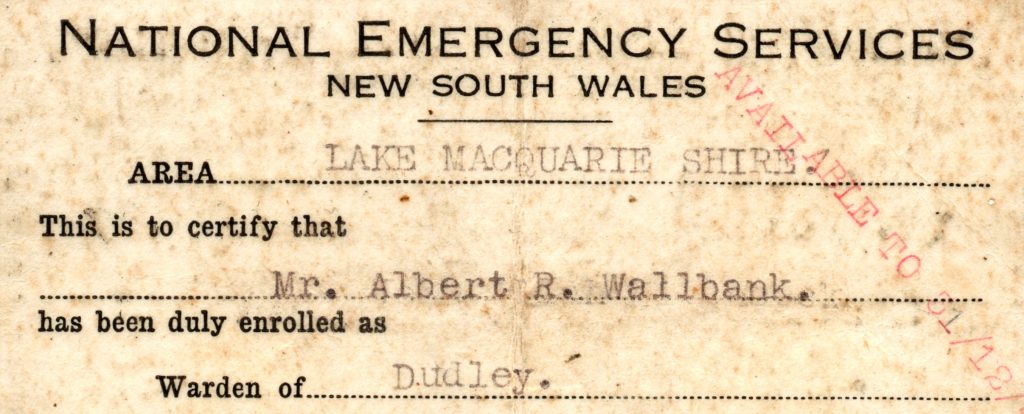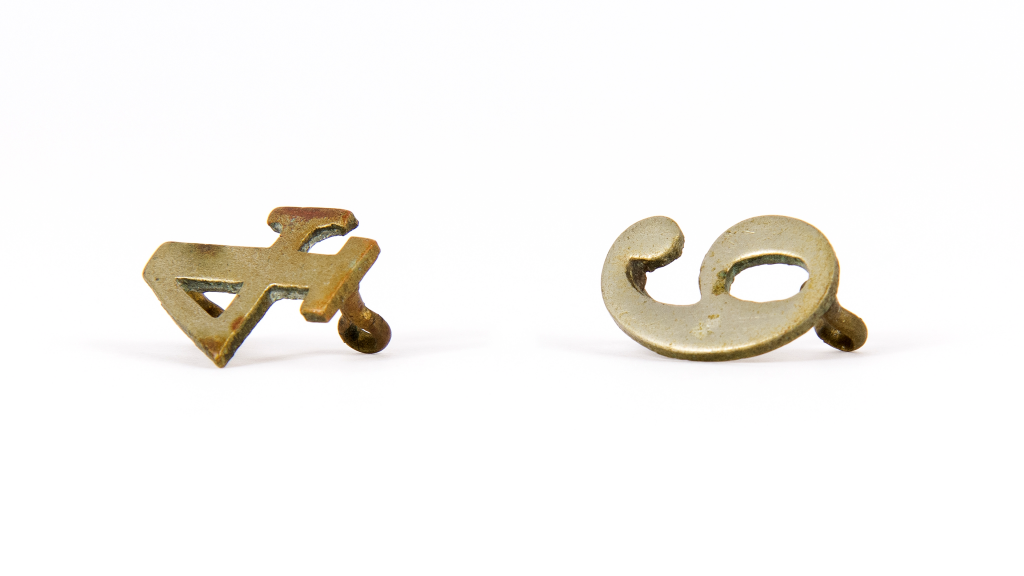
Small metal numbers were once used to signify the badge numbers of police officers. Using the small holes or loops, the numbers were hand-sewn to the high, stiff, and uncomfortable collar of an officer’s tunic. These particular numbers —two fours and a six—were found in the desk of Albert Edward Wallbank (1887-1953), an officer at […]
Read More…
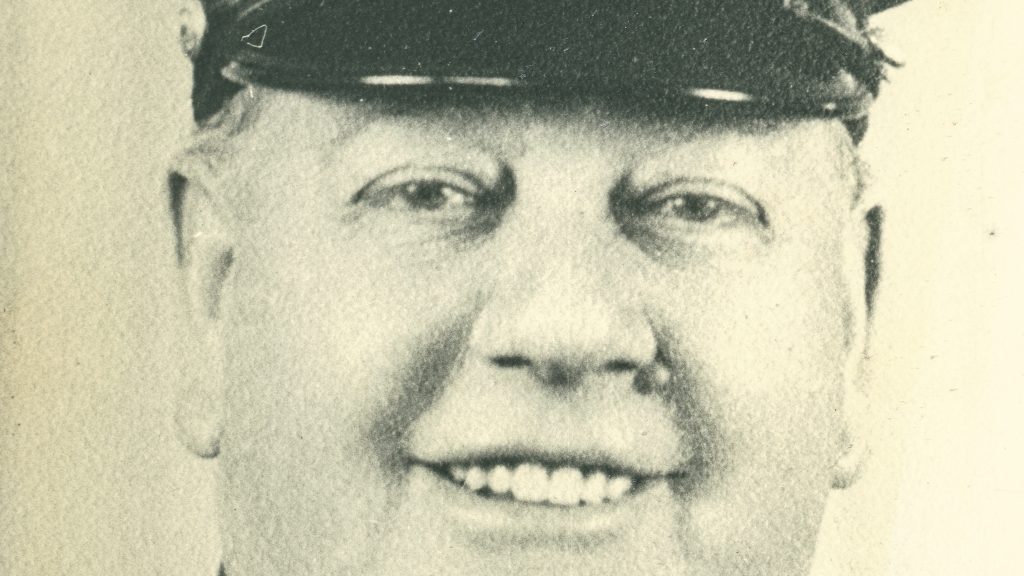
When Albert Edward Wallbank (1887–1953) joined the New South Wales Police Force in 1913 the role of a police officer was significantly broader than it is today. After serving at Carrington for seven years Albert was posted to Dudley Station in 1921 where he was to remain for 27 years until his retirement in 1947. […]
Read More…
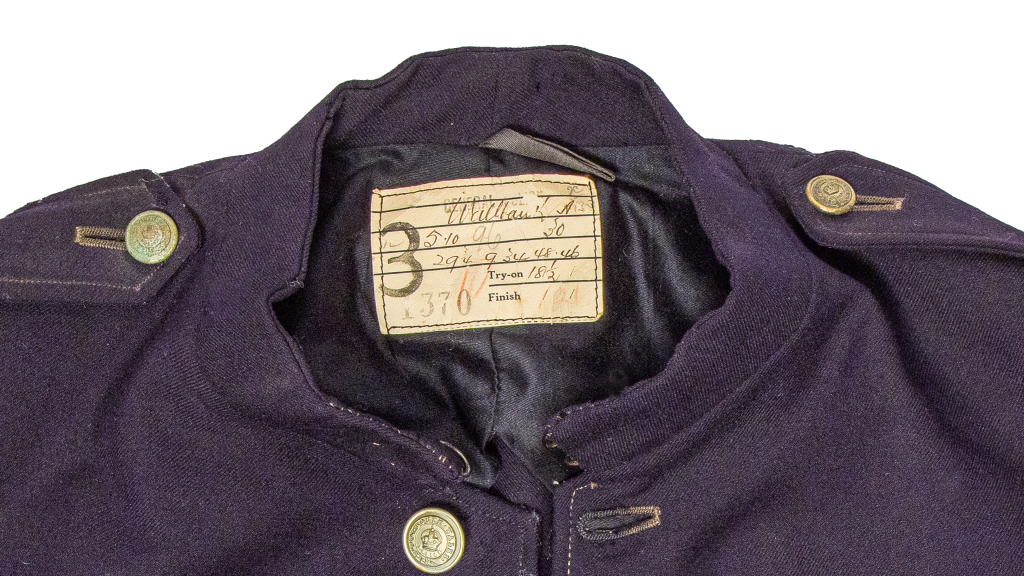
When Albert Wallbank (1887-1953) joined the Police Force in 1913, there was no state-wide police uniform in New South Wales. Prior to 1934, country police were issued a mixture of khaki and blue uniforms. This particular blue heavy serge fabric, shaped in a tunic style jacket, with a high celluloid or linen-lined collar and double-breast […]
Read More…
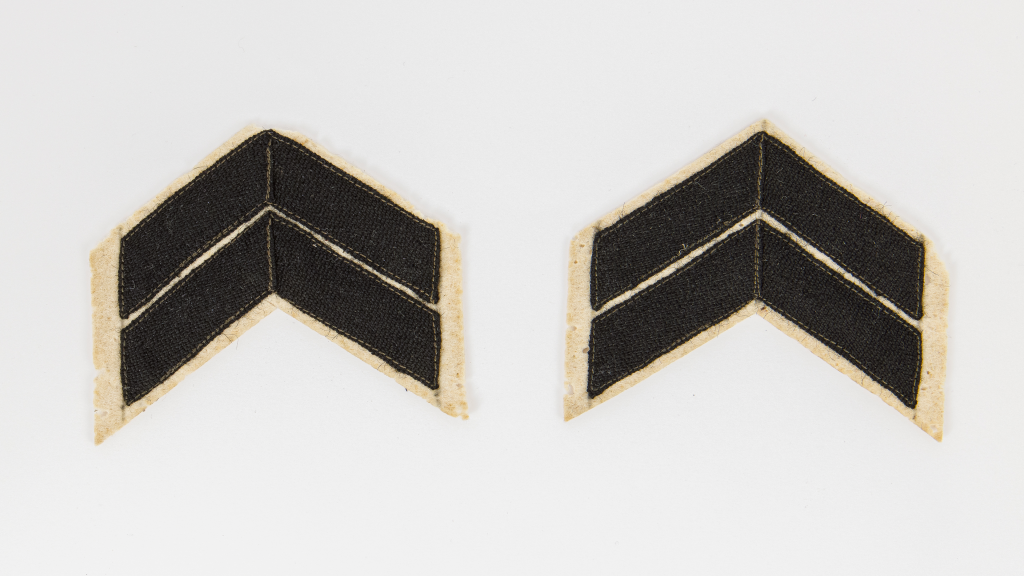
After 24 years of service at Dudley Police Station, on the 20th July 1945, Constable Albert Edward Wallbank (1887-1953) was promoted to the rank of Senior Constable. Upon receiving his new rank and responsibilities, Wallbank also earned these Senior Constable stripes that were affixed to his uniform. As a policeman, Wallbank dealt with his fair […]
Read More…



